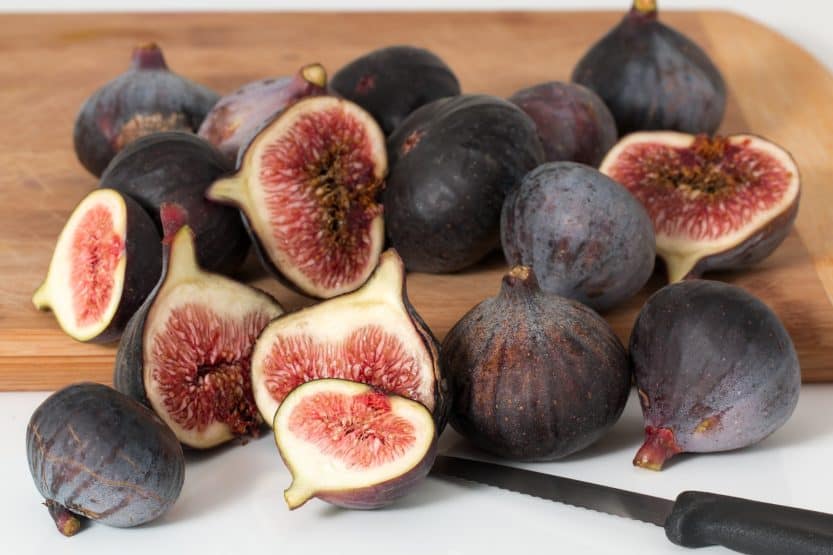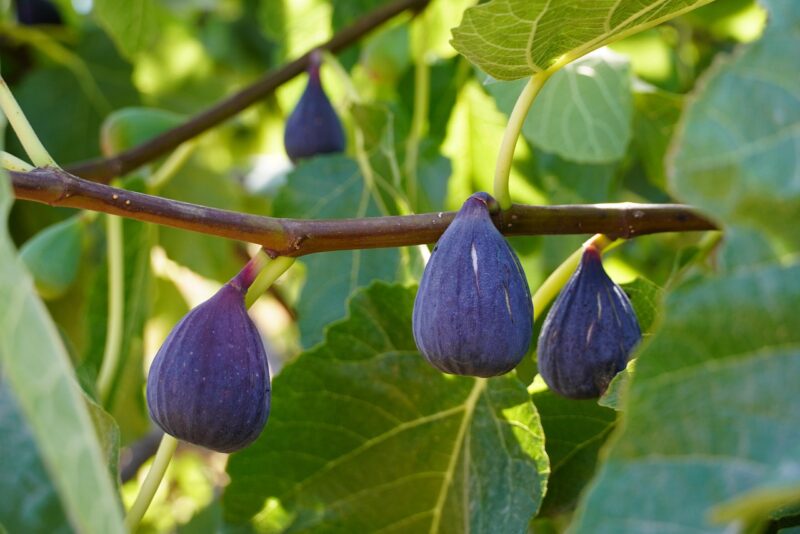This guide will walk you through various factors to consider when determining where to plant a fig tree, ensuring that you maximize its potential while enjoying its beauty.
Understanding Fig Trees: Characteristics and Needs
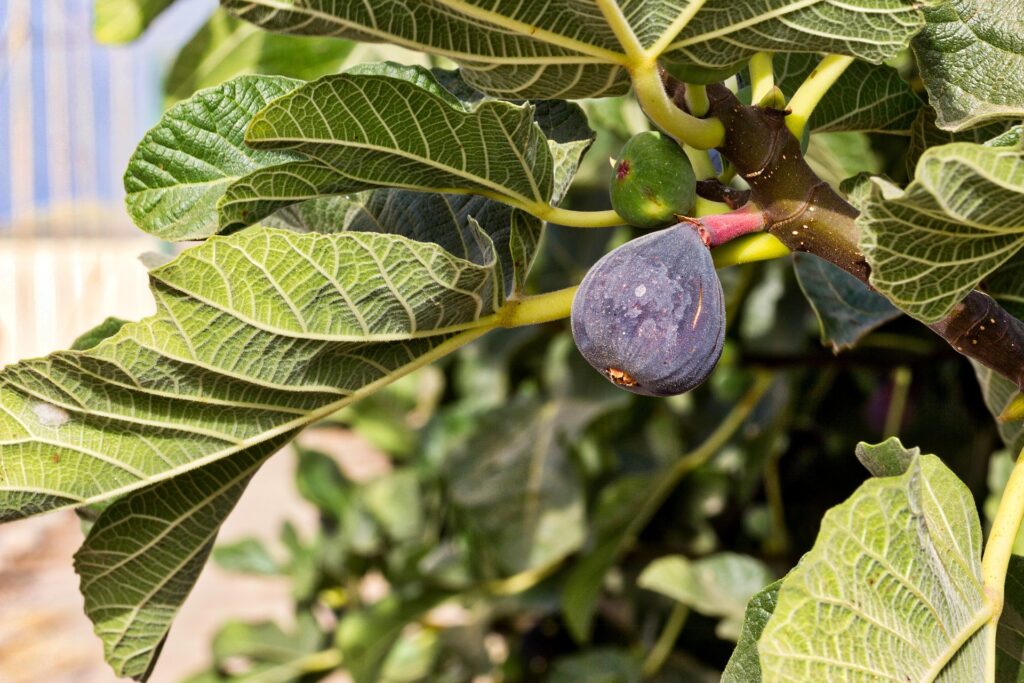
Before diving into the specifics of where to plant a fig tree, it’s essential to understand the characteristics and needs of this remarkable species. Fig trees (Ficus carica) thrive in warm climates and are known for their sprawling branches and heart-shaped leaves. Originating from regions around the Mediterranean, these trees are adapted to full sun and well-draining soils.
Climate Preferences
Fig trees flourish best in USDA zones 7 to 11, although some cold-hardy varieties can withstand temperatures as low as zone 6. The right climate involves not only warmth but also a sufficient growing season for the tree to bear fruit.
When planting a fig tree, consider the average temperatures and your local climatic conditions. In warmer regions, ensure your fig tree receives almost full sun for at least 6-8 hours daily. Conversely, areas with cooler climates should aim for a south-facing location to trap heat and maximize sunlight exposure.
Soil Considerations: The Foundation of Fig Growth
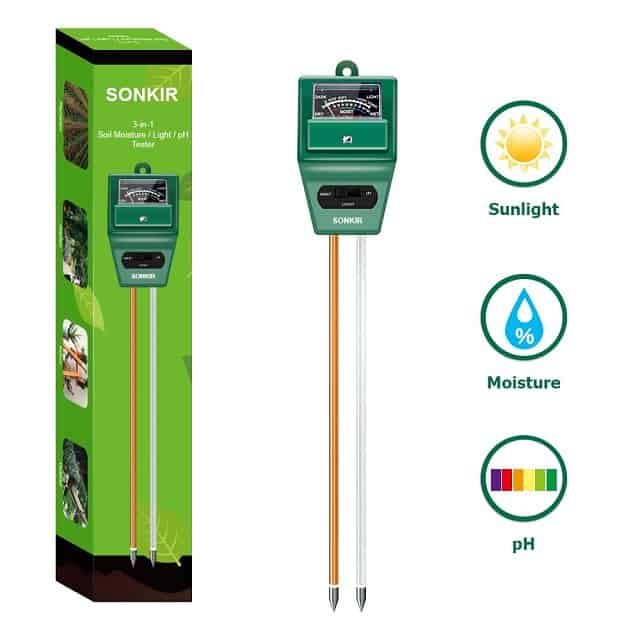
The health and productivity of your fig tree will heavily depend on the soil where it is planted. Fig trees thrive in well-draining, fertile soils rich in organic matter. Here’s a deeper look at soil preferences:
Soil Type
Loamy Soil: This is ideal for fig trees, as it balances components of sand, silt, and clay, providing excellent drainage and fertility.
Sandy Soil: Although not as nutrient-rich, sandy soils can be conducive as long as you enhance them with organic matter. Adding compost or well-rotted manure can improve nutrient content and water retention.
Clay Soil: While figs can grow in clay soil, prolonged saturation can lead to root rot. If your only option is clay, consider planting on raised beds or mounds to ensure good drainage.
Soil pH
Fig trees prefer a slightly acidic to neutral soil pH range of 6.0 to 6.5. Conduct a soil test to determine your soil’s pH before planting. If adjustments are necessary, you can easily amend your soil using lime to raise pH or sulfur to lower it.
Sunlight Requirements: Finding the Best Spot
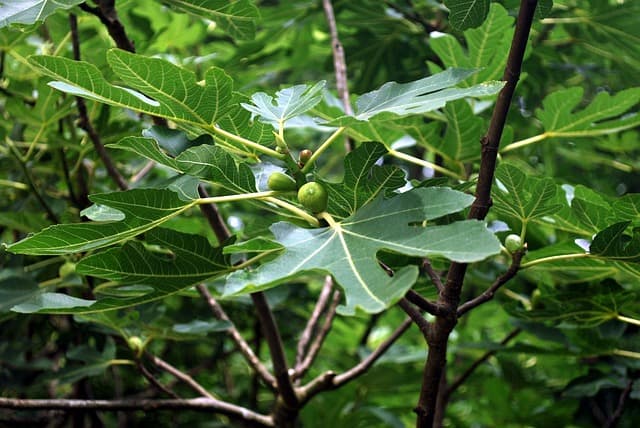
Like many fruit-bearing trees, fig trees require ample sunlight to produce a bountiful harvest. Glorious sun exposure is vital for photosynthesis and the development of sweet figs.
Choosing the Right Location
Full Sun Locations: The most favorable spot for your fig tree will be one that receives full sun for most of the day. Consider areas near a south-facing wall or open spaces away from tall buildings or other trees that could create shade.
Avoiding Shady Areas: While some shade can be beneficial during the hottest part of the day, insufficient sunlight can lead to poor fruit development and increased vulnerability to pests and diseases. Aim for sites that offer at least 6-8 hours of direct sunlight daily.
Microclimates: Take advantage of microclimates in your yard. Areas protected from harsh wind or those that retain heat, such as near stone walls, fences, or patios, can provide an ideal locale for planting fig trees.
Spacing Considerations: Allowing Room for Growth
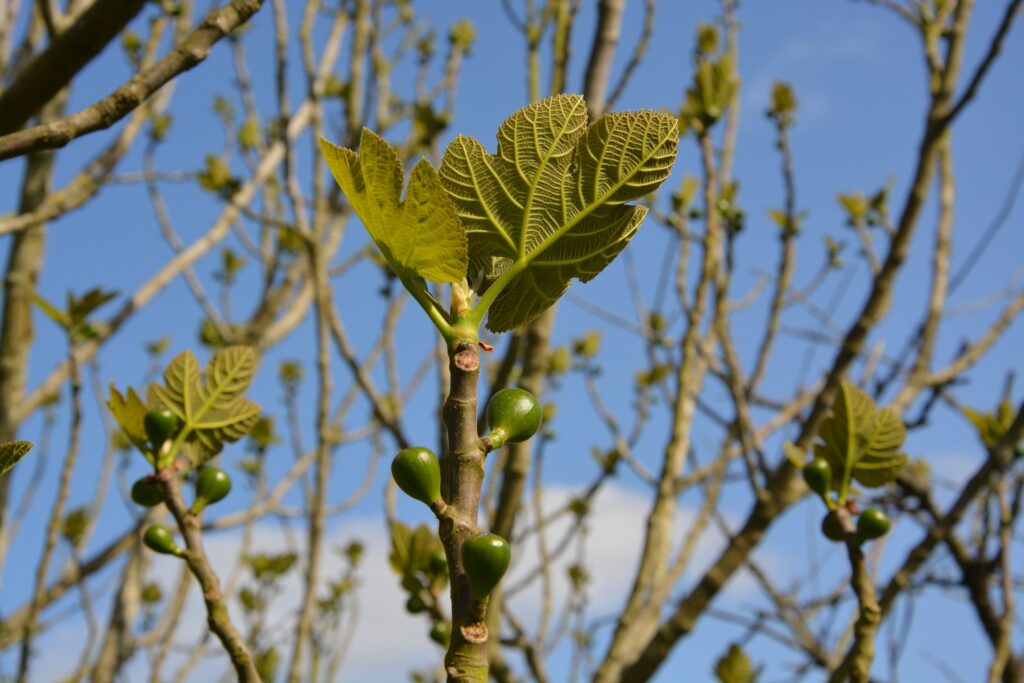
When planning where to plant a fig tree, spacing is crucial. Fig trees can grow quite large, reaching heights of 10-30 feet depending on the variety, and their spread can necessarily be expansive.
Adequate Spacing from Other Plants
Distance From Other Trees: To avoid competition for nutrients and light, fig trees should be planted at least 15-20 feet away from other trees. This ensures that their root systems have room to grow.
Edge of a Garden: Planting figs towards the edges of your garden can provide adequate spacing and allow for the potential expansion of other plants within your garden bed.
Container Planting: If you have limited space, consider potting your fig tree. A large container can not only accommodate your flowerbed’s aesthetics but also enable you to control the tree’s growth.
Drainage and Watering: Avoiding Waterlogged Roots
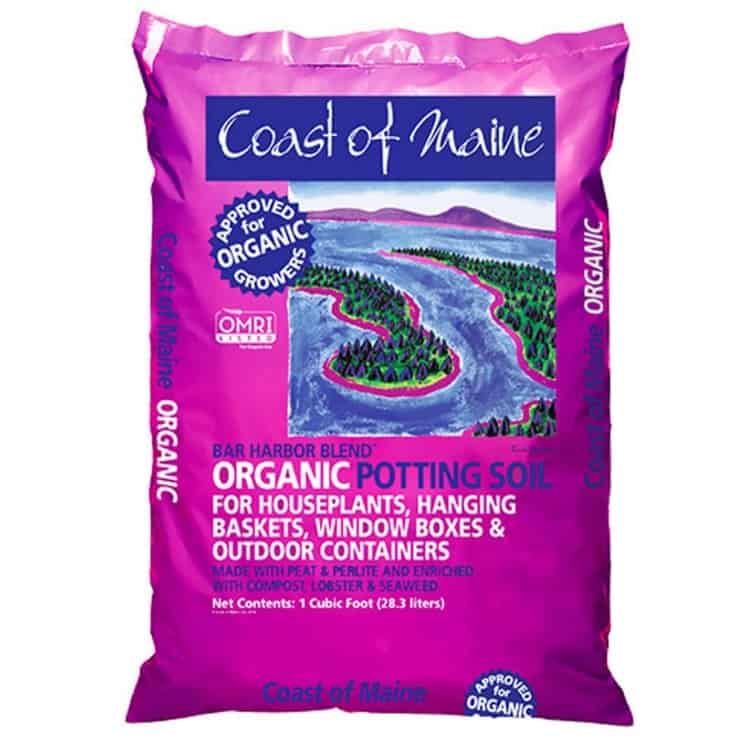
The health of your fig tree is strongly tied to moisture levels in the soil. While fig trees do appreciate watering during dry spells, they do not tolerate wet feet.
Location with Good Drainage
Avoid Wetland Areas: Steer clear of low-lying regions or areas prone to flooding or standing water after heavy rains. Opting for slightly elevated terrains can help prevent moisture accumulation.
Amending Soil: If you’re planting in an area with poor drainage, consider enhancing the soil by incorporating coarse sand and organic matter, which promote drainage and aeration.
Irrigation Practices
Once established, fig trees are relatively drought-tolerant. However, during the first few years, they need consistent watering, especially during dry spells. A well-planned irrigation system or diligent hand watering can make a huge difference in establishing a robust root system.
Protecting from Wind: The Benefits of Strategic Placement
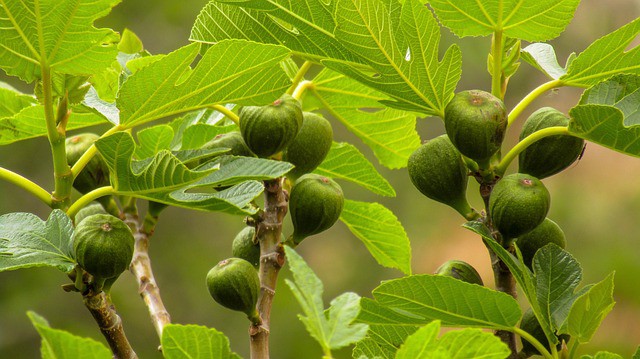
While fig trees love sun, they are not fond of strong winds, which can damage their branches or dry out the soil too quickly.
Windbreaks and Shelter
Natural Windbreaks: When choosing a location for your fig tree, consider nearby hedges, fences, or other plants that can act as natural windbreaks.
Shielding Structures: If planting in an open area, consider placing your fig tree near a solid structure. A wooden fence or a wall can help mitigate wind damage and create a suitable microenvironment for your fig tree.
Aftercare: Tie young fig trees to stakes during their formative years for added support against gusty winds. This promotes sturdiness until they establish a strong trunk and root system.
Seasonal Considerations: Timing the Planting Process
Choosing the right season for planting your fig tree is paramount in ensuring its successful establishment.
Optimal Planting Seasons
Spring Planting: Early spring, after the last frost, is often the best time to plant fig trees. This timing allows for root establishment in favorable growing conditions, promoting a healthy start.
Fall Planting: In milder climates, late summer to early fall can also be a good time to plant, giving the tree a chance to establish roots before cooler temperatures set in.
Avoiding Winter Planting: Refrain from planting during winter months, as the cold can shock the tree and slow growth significantly during its crucial early stages.
Common Mistakes: What to Avoid When Planting a Fig Tree
Even seasoned gardeners can fall prey to common pitfalls when planting fig trees. Let’s explore a few mistakes to avoid to ensure your tree has the best chance at success.
Overcrowding and Poor Location Choices
Tight Spacing: One of the biggest errors is planting fig trees too close to one another or other plants. This not only limits growth but also increases competition for vital resources.
Shady Locations: Similarly, failing to provide adequate sunlight exposure can hinder fruit production. Planting in the wrong spot can result in poor health and stunted growth.
Neglecting Soil and Water Needs
Ignoring Soil Quality: Before planting, ensure the quality of the soil is suitable. Many gardeners forget to test pH or soil condition, leading to compromised growth.
Inconsistent Watering: Regular and adequate watering, especially in early establishment phases, is vital. Avoid drought or overly wet conditions as both can lead to serious health issues for the tree.
Aftercare and Maintenance: Ensuring Long-term Health
Selecting the right location is just the beginning. Proper aftercare will help your fig tree thrive and yield delicious fruits.
Pruning and Shaping
Regular pruning helps maintain a manageable size and promotes air circulation within the tree. This practice also encourages healthy fruit production.
Timing: Early spring is the best time to prune fig trees. Remove any dead or diseased wood and shape the tree to allow light to penetrate.
Focus on Structure: Aim to create a strong central leader with an open canopy for air circulation. This structure prevents diseases and promotes healthier fruit development.
Fertilization and Pest Management
Regular fertilization can enhance growth and fruit yield. Choose balanced fertilizers specifically formulated for fruit trees.
Organic Options: Look into organic fertilizers such as composted manure or fish emulsion to naturally enrich the soil.
Monitoring Pests: Keep an eye out for common pests like the fig tree borer or aphids and employ organic pest control measures to maintain a healthy tree.
Conclusion: Successfully Planting a Fig Tree
Fig trees bring joy not only through their bountiful fruits but also through their ornamental beauty. Selecting the right planting location is crucial and involves considering factors like soil, sunlight, spacing, and drainage. By avoiding common mistakes and providing proper aftercare, you can cultivate a healthy and productive fig tree that will reward you with sweet figs for years to come.


